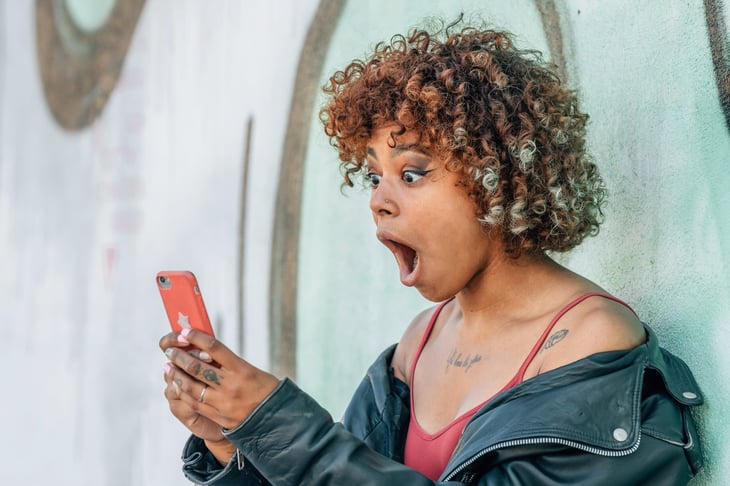
Editor's Note: This story originally appeared on The Penny Hoarder.
Now that everything seems to be available with a few taps on a screen, the practice of hailing taxis is going the way of telephone booths and DVD rental stores.
Rideshare services like Uber make getting home from a night out easy to plan — no more worrying about parking, not to mention beverage consumption.
But when you’re hit with surge pricing, the deal might not look so great anymore. Grabbing an Uber is not as cheap as it once was.
Getting where you need to go doesn’t need to cost a fortune — even in the busy post-concert rush. Here are some easy ways to beat surge pricing and save some money on your next trip.
1. Time Your Uber Right

Uber’s algorithm increases prices during times of high demand. Surge pricing takes effect during:
- Rush hour
- High demand
- Bad weather
- The end of big events (concerts, sports games)
Because Uber updates its pricing in real time as demand changes, surge pricing can go back down within minutes.
Waiting to order your Uber until after you’ve gone through that long restroom line could save you some money.
2. Download the Uber Driver App

Here is one of the best ways to avoid surge pricing: Download the Uber Driver app to your iPhone or Android and create an account. You’ll need to do this before you head out to your concert or basketball game, as it takes a few minutes to create an Uber driver profile.
Don’t worry — you don’t need to ever be an Uber driver to download the Uber Driver app.
Once you have installed the Uber Driver app, you can open it when the bars close or the concert ends and check the map of your area. Neighborhoods and streets will change colors when surge pricing is in effect.
The map will display colored circles, or zones, ranging from light orange to dark red. Light orange indicates a small increase in price while dark red can mean double or triple the average price. This is so drivers know where to head to make the most money.
Once you see where the prices are highest, simply walk away from that zone until you’re no longer in the surge area. Then switch over to your Uber rider profile and request a ride for a fraction of the cost.
3. Buy an Uber One Pass

In late 2021, Uber rolled out a subscription service called Uber One that gives riders discounts on fares and priority pickup options.
You may be able to get a small discount when prices are surging if you sign up for Uber One ahead of time. It typically provides 5% off rides.
The subscription costs $9.99 per month or $100 a year.
Uber One works best if you’re a regular Uber rider or order a lot of meals using Uber Eats (discounts apply for both). Uber claims users can save up to $27 per month with the membership.
4. Use UberX Share

Formerly Uber Pool, UberX Share riders nationwide can opt to share their trip with other passengers to save money.
While some Uber options allow for up to six passengers, Share is only available for riders traveling solo and there is a maximum of two co-riders at a time.
The service is designed so passengers will be in proximity to each other and you’ll only have eight minutes added to your trip at most.
5. Try Another Ridesharing App

Lyft, another popular rideshare service, also has a version of surge pricing called “Prime Time ” It’s worth checking both apps to see the price difference.
For instance, when we compared a Monday afternoon trip from the Orlando International Airport to downtown Orlando, Florida, Uber was charging $32-$43 and Lyft $29-$36 for the same route.
Comparing a ride in Chicago from Union Station to the Museum of Contemporary Art on a Tuesday afternoon, Uber was charging $30.90-$35.65 while Lyft was charging $18.05-$22.17 (Lyft also offered a cheaper fare if willing to wait a bit).
If neither Uber or Lyft prices are to your liking, there are other options to explore.
Still like traditional taxis? Unlike their more popular counterparts, the apps Curb and Flywheel both connect riders to officially licensed taxi services.
Need a ride from the airport? Try Wingz. Though they’re branching out, the app primarily caters to airport rides. When you plan your trip, you can schedule with Wingz up to two months in advance and they don’t use surge pricing.





Add a Comment
Our Policy: We welcome relevant and respectful comments in order to foster healthy and informative discussions. All other comments may be removed. Comments with links are automatically held for moderation.